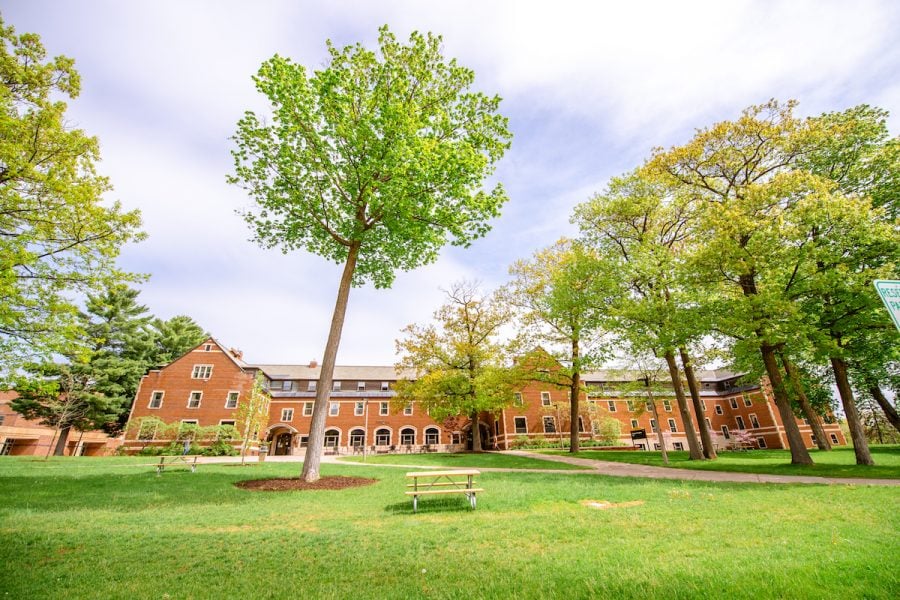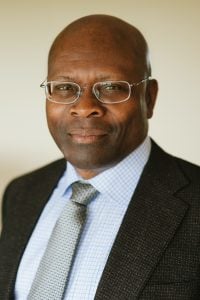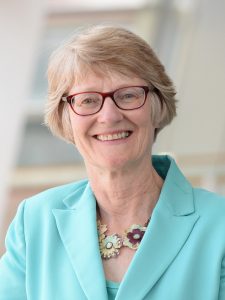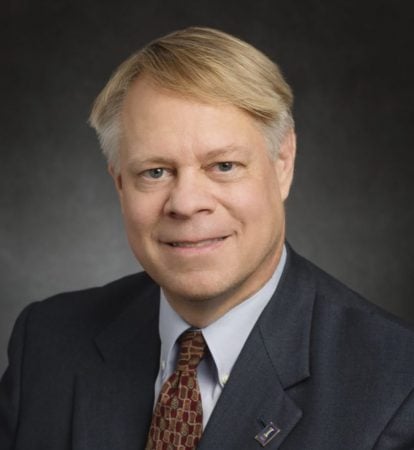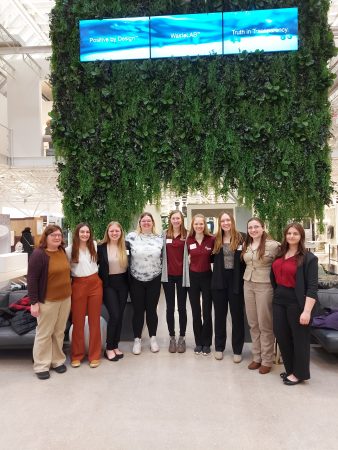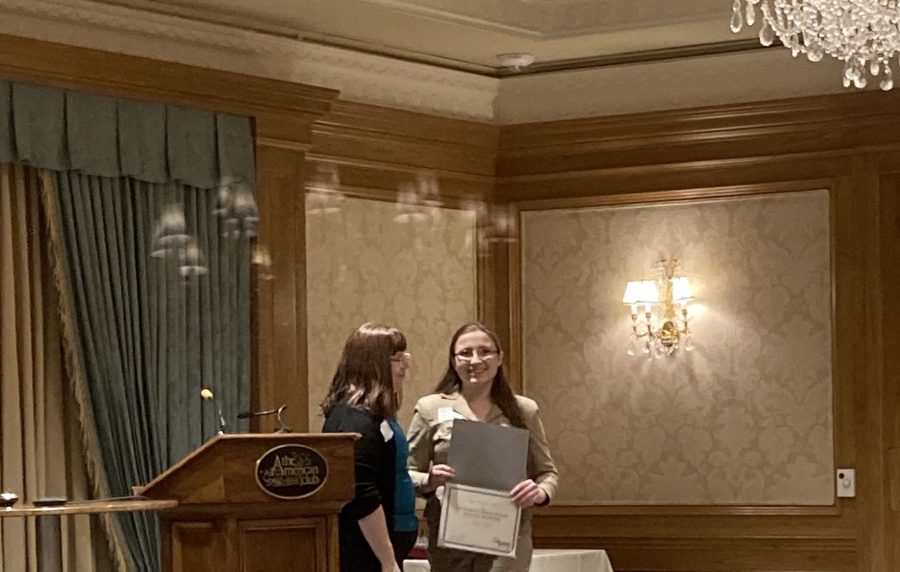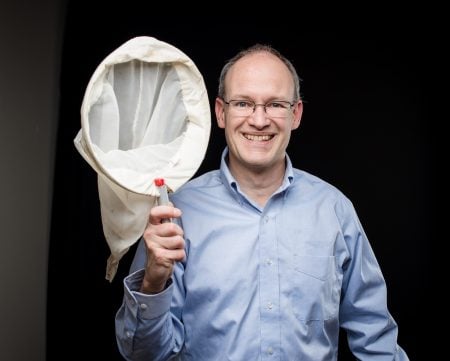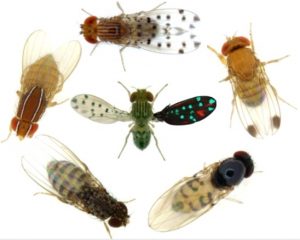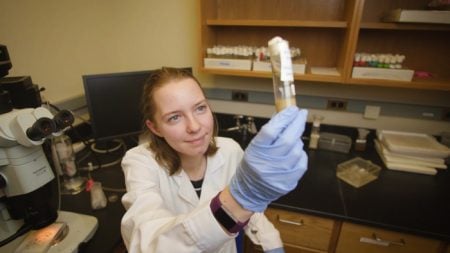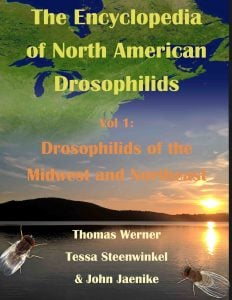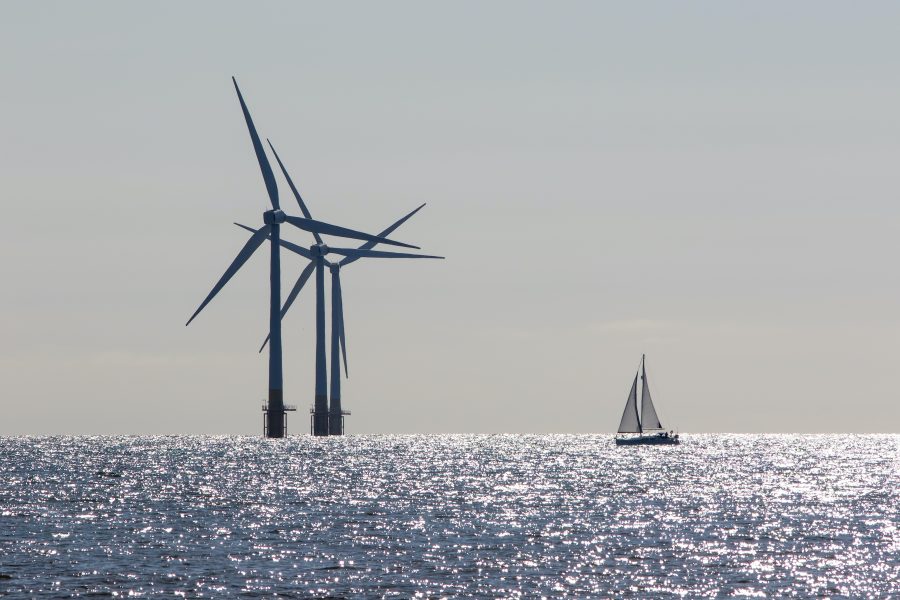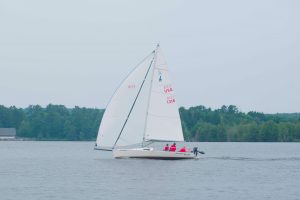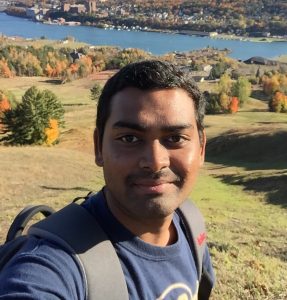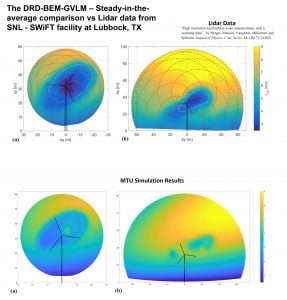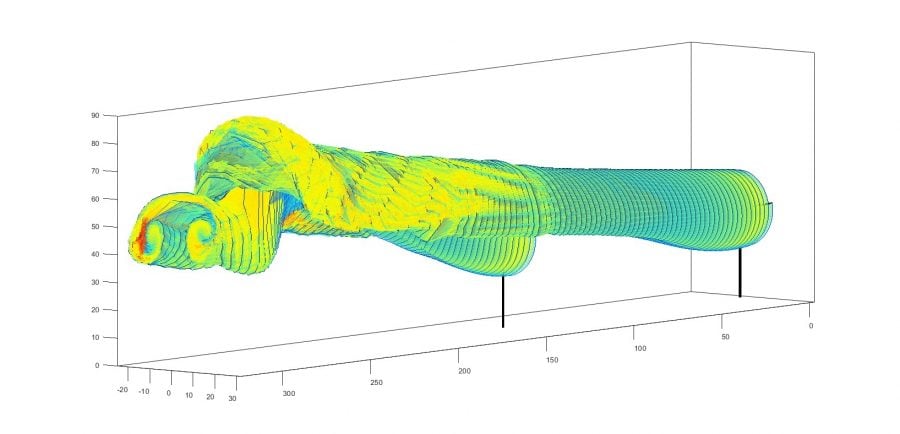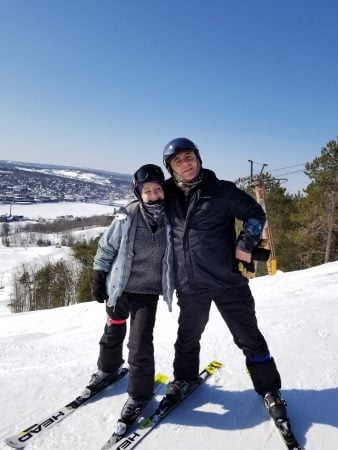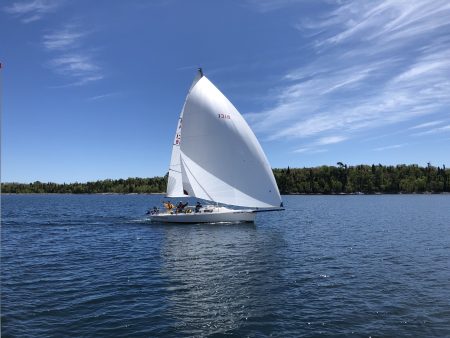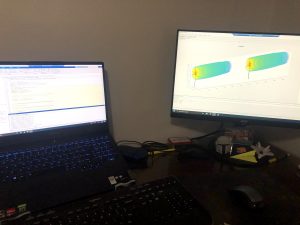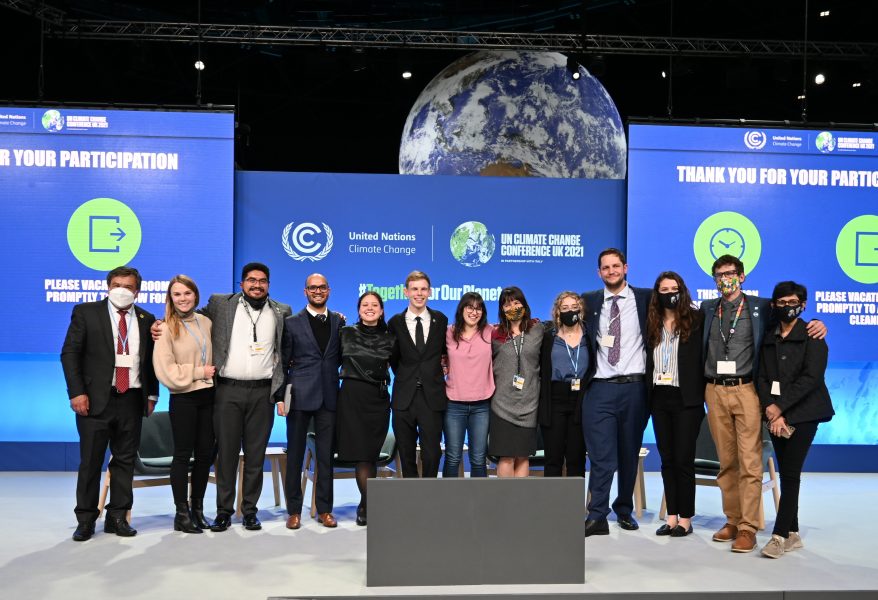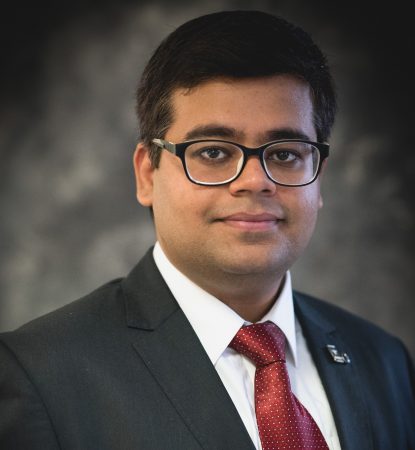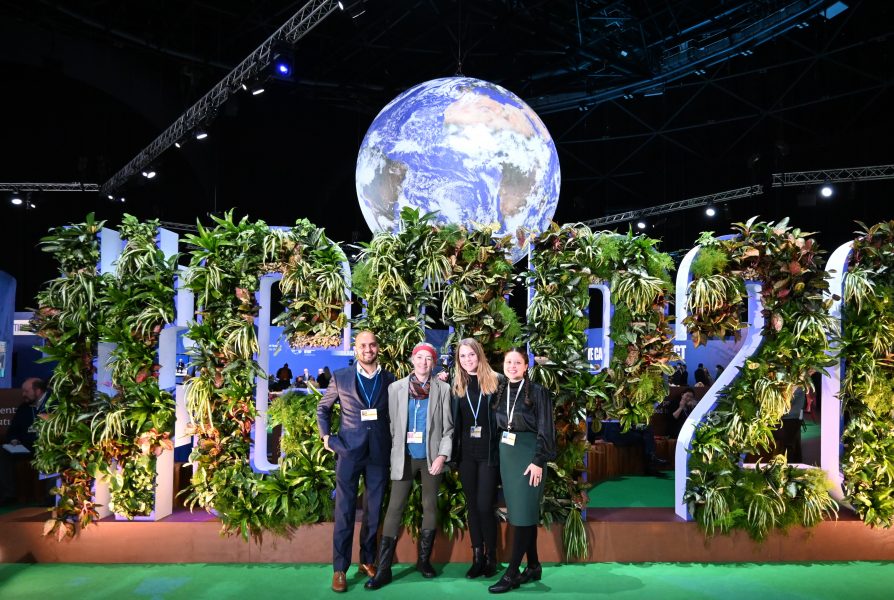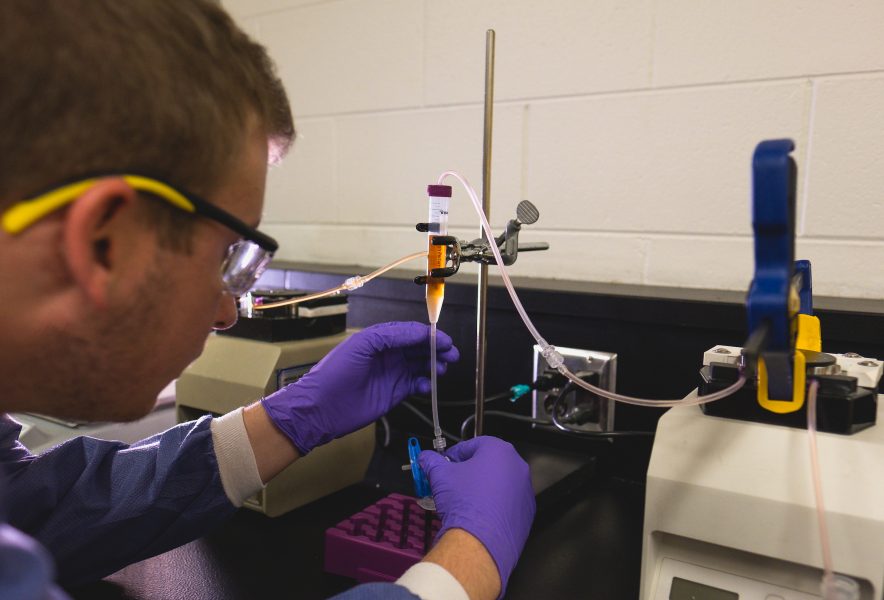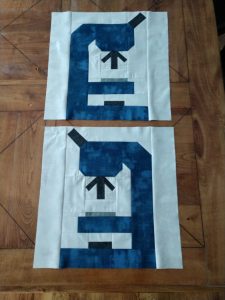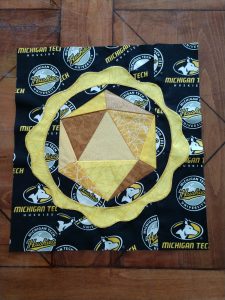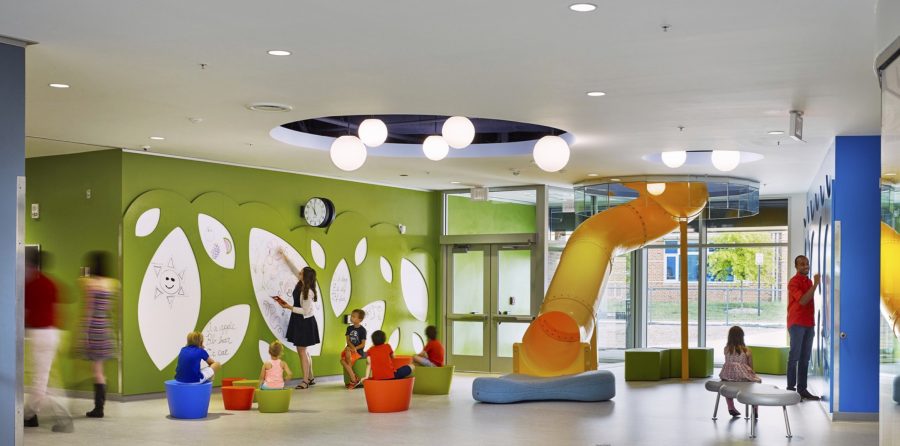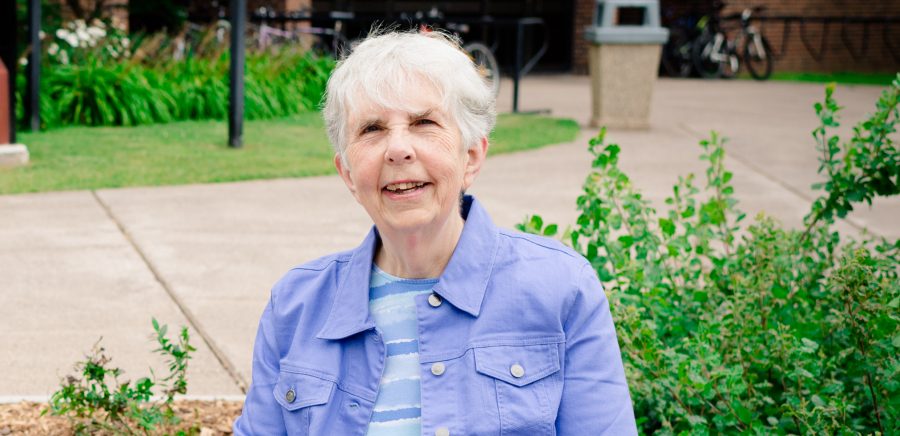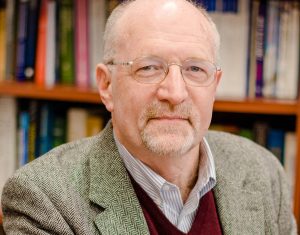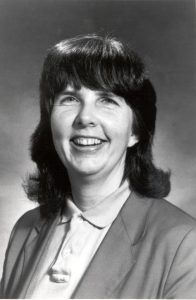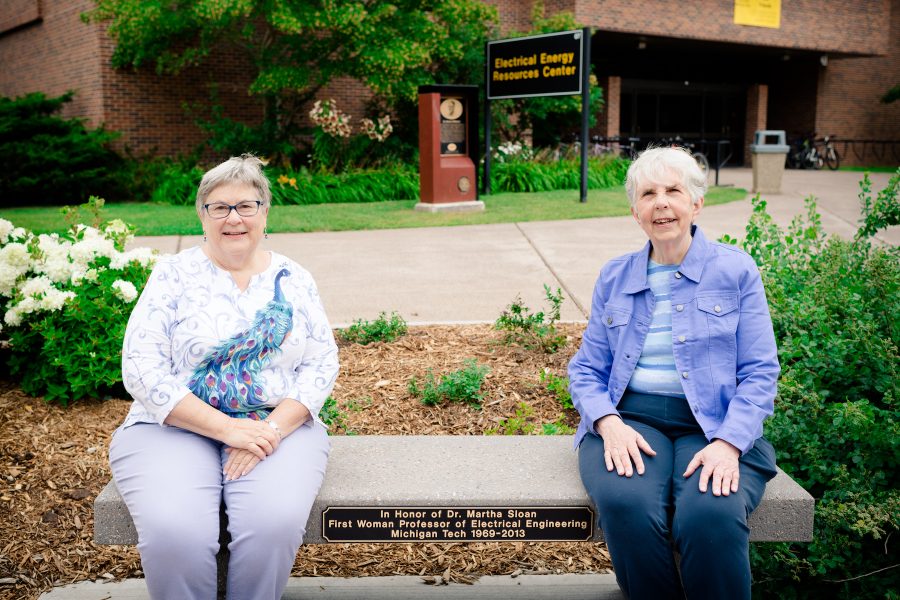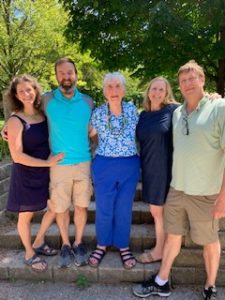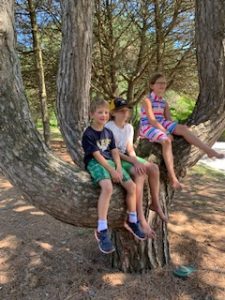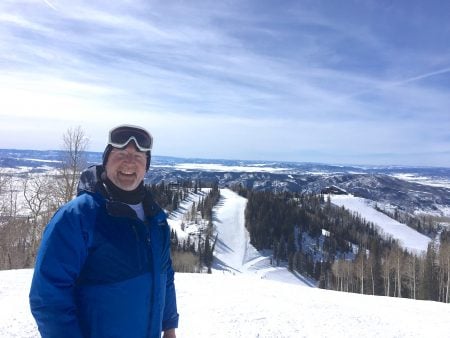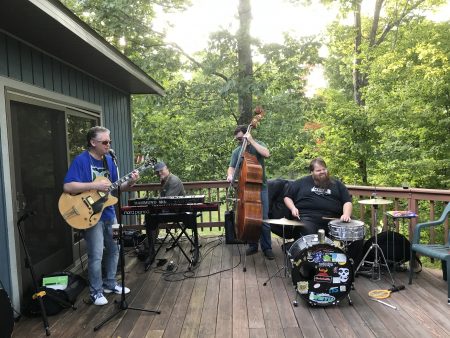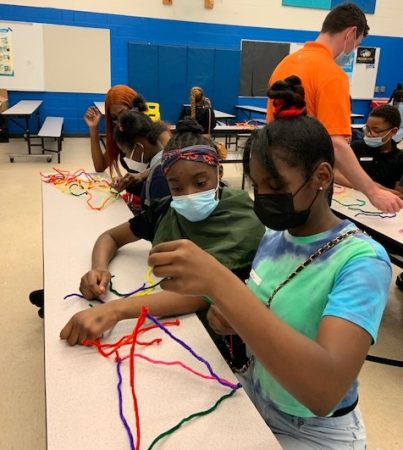
From May 10-12, Michigan Technological University teamed up with OHM Advisors to provide STEM outreach at five schools in Detroit.
The program they presented, Family Engineering, engages K-8 students and their families in engineering investigations. Family Engineering was created by Michigan Tech and partners in 2011 with a grant from the National Science Foundation. A key outcome of the program was the publication of the Family Engineering Activity & Event Planning Guide, published in 2011.
Sessions took place at the schools, followed by free pizza at Mackenzie Middle School, Clippert Multicultural Magnet Honors Academy, and Adams Middle School. The event began with short opener activities that adults and children explore together. These included: Glue is the Clue, Domino Diving Board, Who Engineered It?, Let’s Communicate, Boxing Beans, Picture This, Solid Ground, Hoop Glider, Inspired by Nature, Shifting Shapes, All The Right Tools, and Thrillseekers.
Next, families took part in three Engineering Challenges:
- Stop & Think – Why was this object designed? What need did it address? Can you make it better?
- Team Up – Discover why engineers work in teams. What helps a team work well together? How can we address challenges?
- Give Me Hand – How can an engineer help a person who has lost their hand, or some other part of their body?

Fifteen OHM staff helped present the sessions, including several Michigan Tech alumni.
Ron Cavallaro, Vice President of OHM Michigan, echoed the value of introducing kids to engineering at an early age. He earned his bachelor’s degree in civil engineering at Michigan Tech and is now a member of the Michigan Tech Department of Civil, Environmental and Geospatial Engineering’s Professional Advisory Board. “Many of the families that attended the events brought younger siblings,” said Cavallaro. It was awesome to see the middle school students, their parents and siblings helping each other on the challenges.”
“OHM Advisors has been seeking out ways to get younger children interested in STEM fields. We are fortunate to have had MTU reach out to us to help with this program.”
Chandler Park Academy High School and UPrep Science & Math High School hosted another Michigan Tech alum, retired Lt. Colonel Otha Thornton, chair of Michigan Tech’s Diversity, Equity, Inclusion and Sense of Belonging (DEIS) Alumni Advisory Board, formed in Fall 2021.
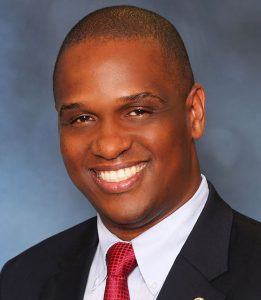
Thornton presented at four student assemblies as part of the outreach effort. He shared how students could find their own pathway to STEM and described STEM careers. Thornton also described highlights of his own career—working directly with President Barack Obama, First Lady Michelle Obama, and Vice President Biden in the White House, along with Congress, to promote passage of the Every Student Succeeds Act. The Act supports STEM education in K-12 schools.
Thornton’s STEM work is preceded by a 21-year career with the U.S. military. He earned the Bronze Star Medal for exceptional performance in combat operations during Operation Iraqi Freedom. His other military assignments included working with the White House Communications Agency and U.S. forces in Iraq. As the 53rd president of the National Parent Teacher Association (PTA), Thornton was the first and only African American male to serve as President in the National PTA’s 125-year history.
Any school can access the Family Engineering Activity & Event Planning Guide to provide positive engineering experiences for K-8 students and their families. For more info, contact: Joan Chadde, jchadde@mtu.edu or 906-487-3341.
